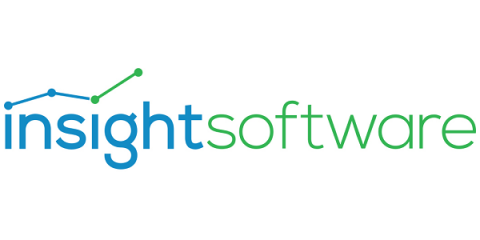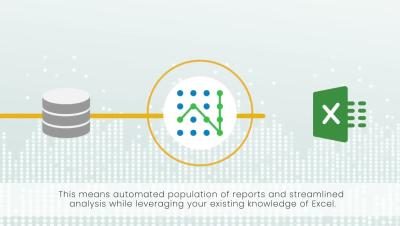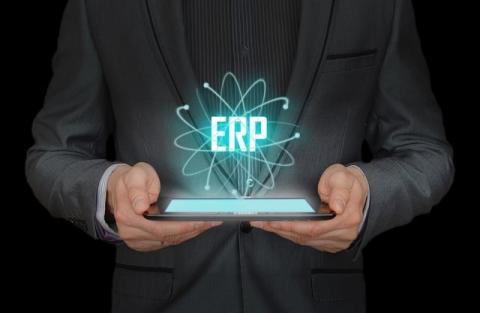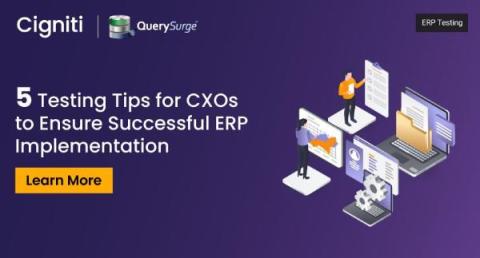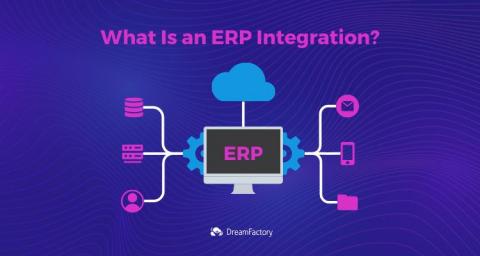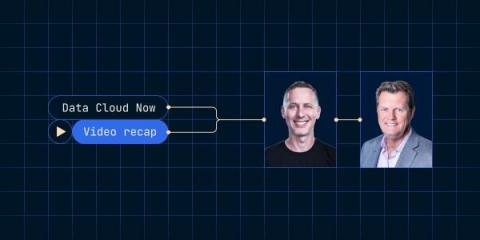Systems | Development | Analytics | API | Testing
ERP
5 Factors to Assess When Choosing an E-Commerce ERP
5 Reasons Manufacturers Should Move ERP Data to Snowflake to Supercharge Analytics
Advanced analytics help manufacturers extract insights from their data and improve operations and decision-making. But for manufacturers, it’s often challenging to perform analytics with ERP data. Because of the high rate of M&A activity in the industry, manufacturing enterprises often struggle with multiple ERP instances. A fragmented resource planning system causes data silos, making enterprise-wide visibility virtually impossible.
Accelerate & Automate Data Movement for SAP ERP into the Snowflake Data Cloud with Fivetran
Spreadsheet Server Overview
Cloud ERP: What is It, Types and Top 5 Benefits
5 Testing Tips for CXOs to Ensure Successful ERP Implementation
Enterprise Resource Planning (ERP) systems have become the backbone of modern businesses, streamlining processes and enhancing efficiency. However, an ERP system’s successful implementation and operation require meticulous testing to ensure it aligns seamlessly with your business needs. This comprehensive guide will explore what ERP is, the types of ERP testing, and its benefits that ensure your ERP system functions flawlessly.
Efficiency Unleashed: 5 Ways ERP Testing Propels Business Growth
In the rapidly evolving business technology landscape, Enterprise Resource Planning (ERP) systems have emerged as essential tools for organizations looking to streamline operations, enhance efficiency, and elevate decision-making processes. An ERP system integrates various business processes, such as finance, human resources, sales, and inventory, into a unified platform, fostering cohesion and productivity.
What is an ERP Integration?
ERP data, financial efficiency and the current state of enterprise data strategy
Fivetran CEO George Fraser and Snowflake CEO Frank Slootman sat with Data Cloud Now to discuss what they’re hearing from customers in their joint interview.


